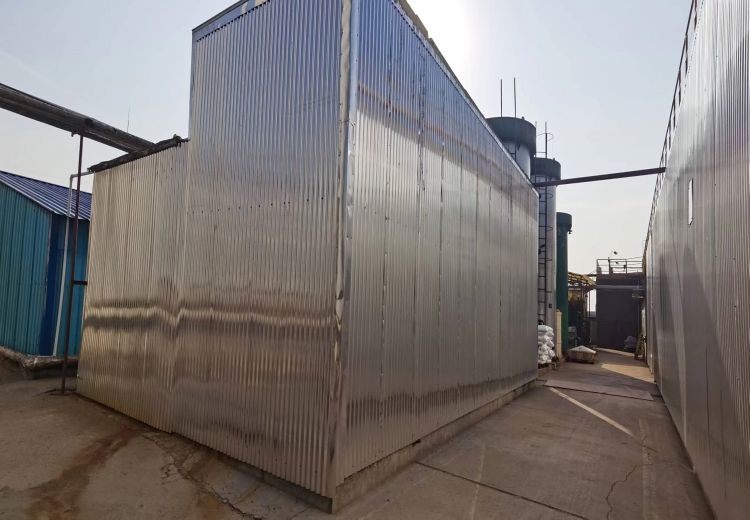This chemical enterprise primarily produces active pesticide ingredients, formulations, intermediates, and fine chemicals. Its pesticide products include herbicides, fungicides, insecticides, and seed treatments. Key active ingredients include oxyfluorfen, butachlor, quizalofop-P-ethyl, clodinafop-propargyl, fomesafen, pyriminobac-methyl, fluthiacet-methyl, nicosulfuron, paraquat, cyhalofop-butyl, fluoroglycofen-ethyl, fenoxaprop-P-ethyl, etc.
The nature of these products made effluent is highly complex, containing heterocyclic nitrogen compounds, esters, ketones, pyridines, and other large-molecule, poorly biodegradable substances. The wastewater exhibits a certain level of toxicity and is considered a typical kind of wastewater with high concentration, high toxicity, high salinity, and complex composition.



